Experts Find an Alarming 340-Year-Old Discovery In a Sunken Warship
During the 17th century, the Swedish warship Kronan was built. Considered the Swedish Navy’s flagship, it was an incredible behemoth, expected to guide Sweden into many great victories during its lifetime. Its creation was a massive feat–a source of pride for the powerful Swedish Navy and a source of fear for those who faced it.
Despite its size, the Kronan capsized merely four years after its creation. It was on the first of June, 1676, when it keeled over amidst stormy weather after it made a sharp turn during the Battle of Öland.
Sweden’s Largest Vessel
During its time, it was one of the world’s largest seagoing vessels. It took four years to complete this large ship due to financial problems and conflicts between the Swedish admiralty and Francis Sheldon, the shipwright.

Source: Wikimedia Commons
Kronan was heavily armed and expected to do great things for the Swedish Navy until its untimely demise in 1667, which took with it hundreds of lives. Once lost in the depths, the ship’s remains were finally rediscovered over 300 years later.
Many Were Lost
The destruction of the Kronan also involved a blast. When the ship capsized, the gunpowder magazine it carried also ignited. Consequently, the bow was wiped out, causing the vessel to sink quickly.
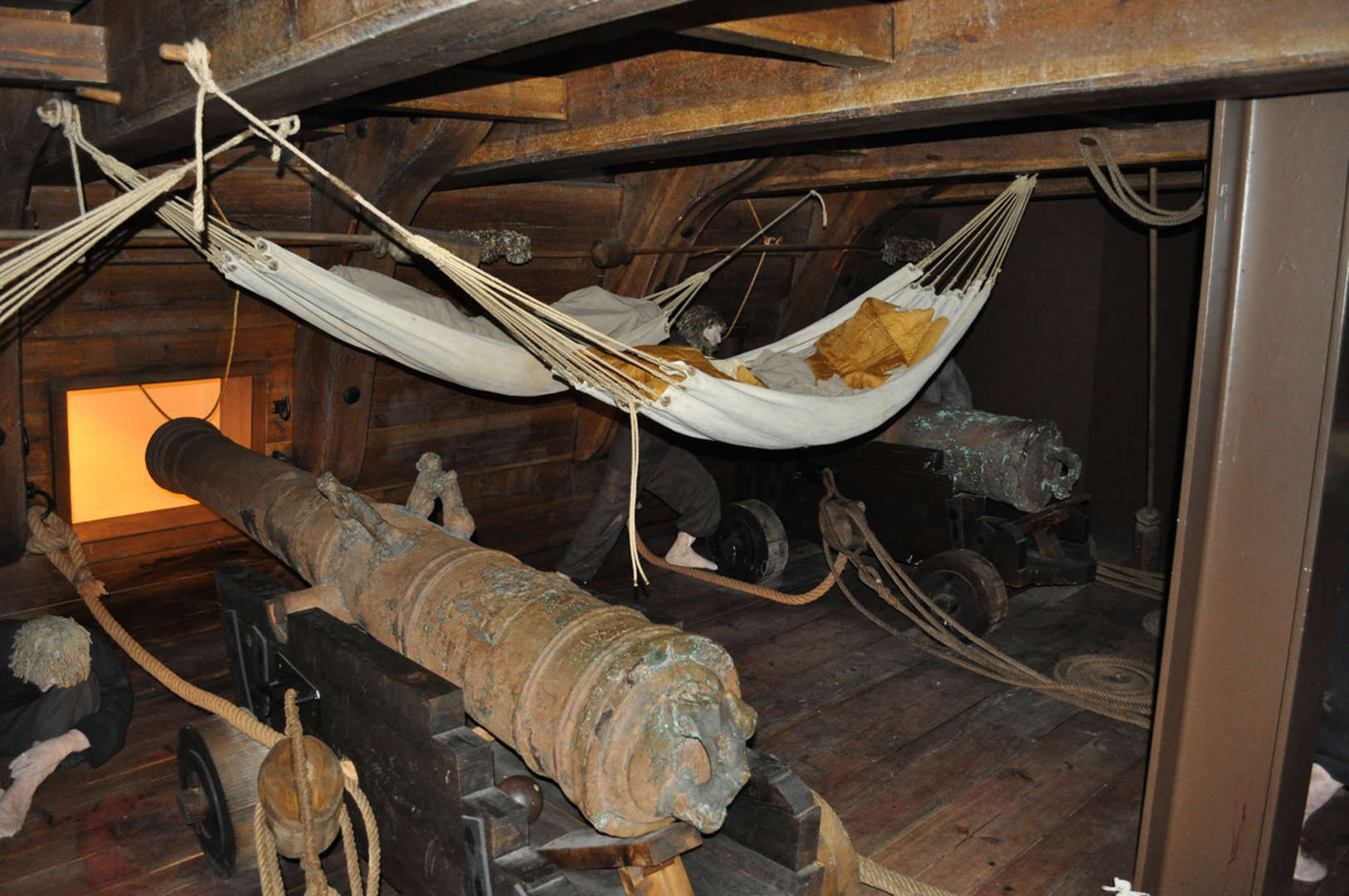
Source: Wikimedia Commons
As a result, 800 men tragically went down with the ship. Other items that sank along with the ship were over a hundred guns, military equipment, gold and silver coins, and a slew of personal items. The Swedish Navy also lost an esteemed symbol of Charles XI’s monarchy.
The Ship Was Discovered After Three Centuries
The Kronan’s final place of rest was on Sweden’s southeast coast, where it remained for more than 340 years. Eventually, aquatic creatures under the Baltic Sea made the ship their home.
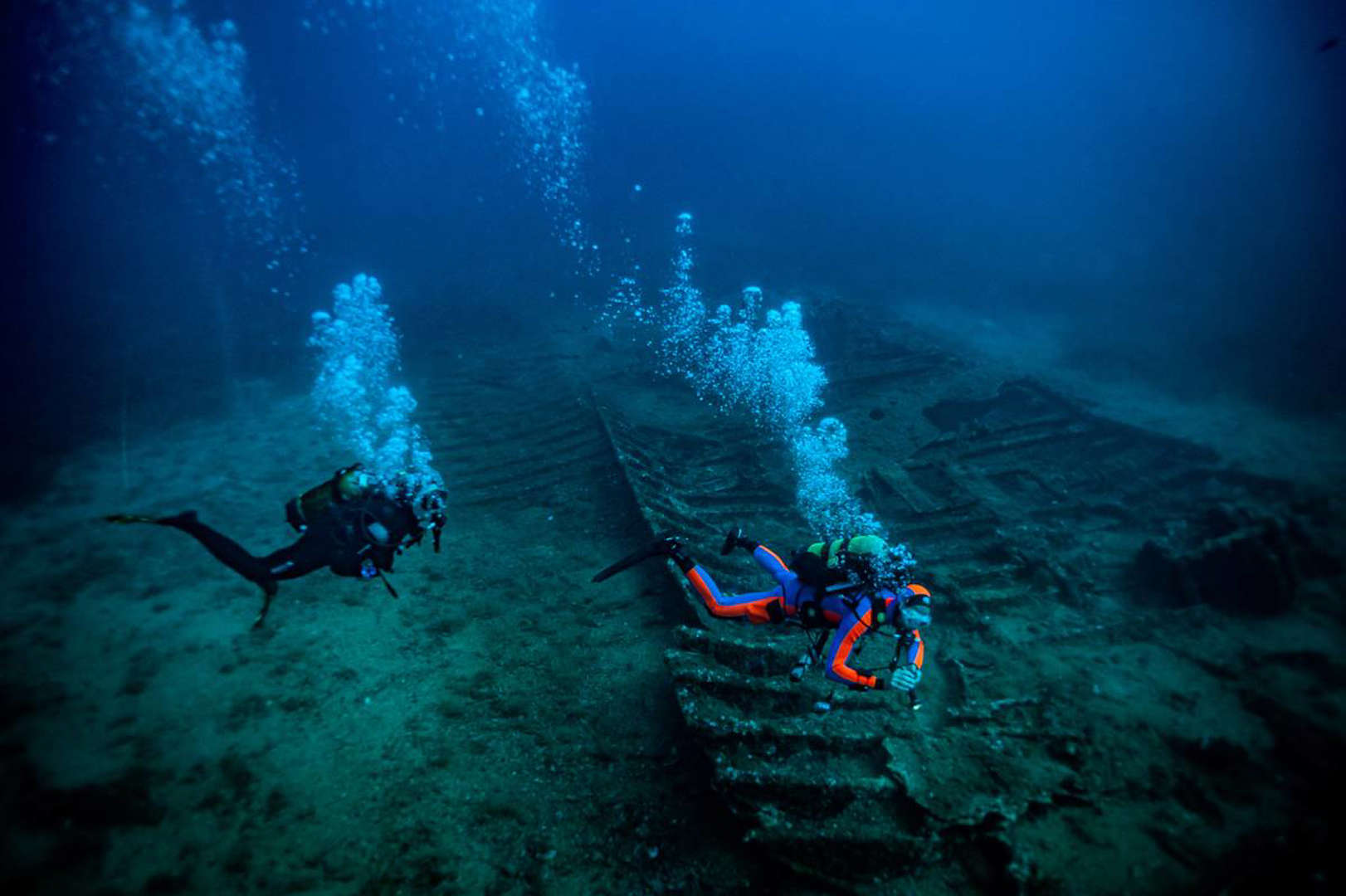
Source: Alessandro Rota/Getty Images
Kronan had almost been forgotten–until diving archaeologists discovered her at the sea bottom. Historian and marine engineer Anders Franzén finally found the ship in the 1980s. Franzén had been scouring the Baltic sea for old Swedish shipwrecks since the 1940s.
Kronan’s Cannons
Specifically, it was in August 1980 when instruments were used to pin the exact location of Kronan after underwater cameras were sent down to reveal images captured of the underwater site. As the team of archeologists dove deeper into the wreckage, they could not believe what they saw. Right in front of them were cannons situated on the side of the sunken ship.
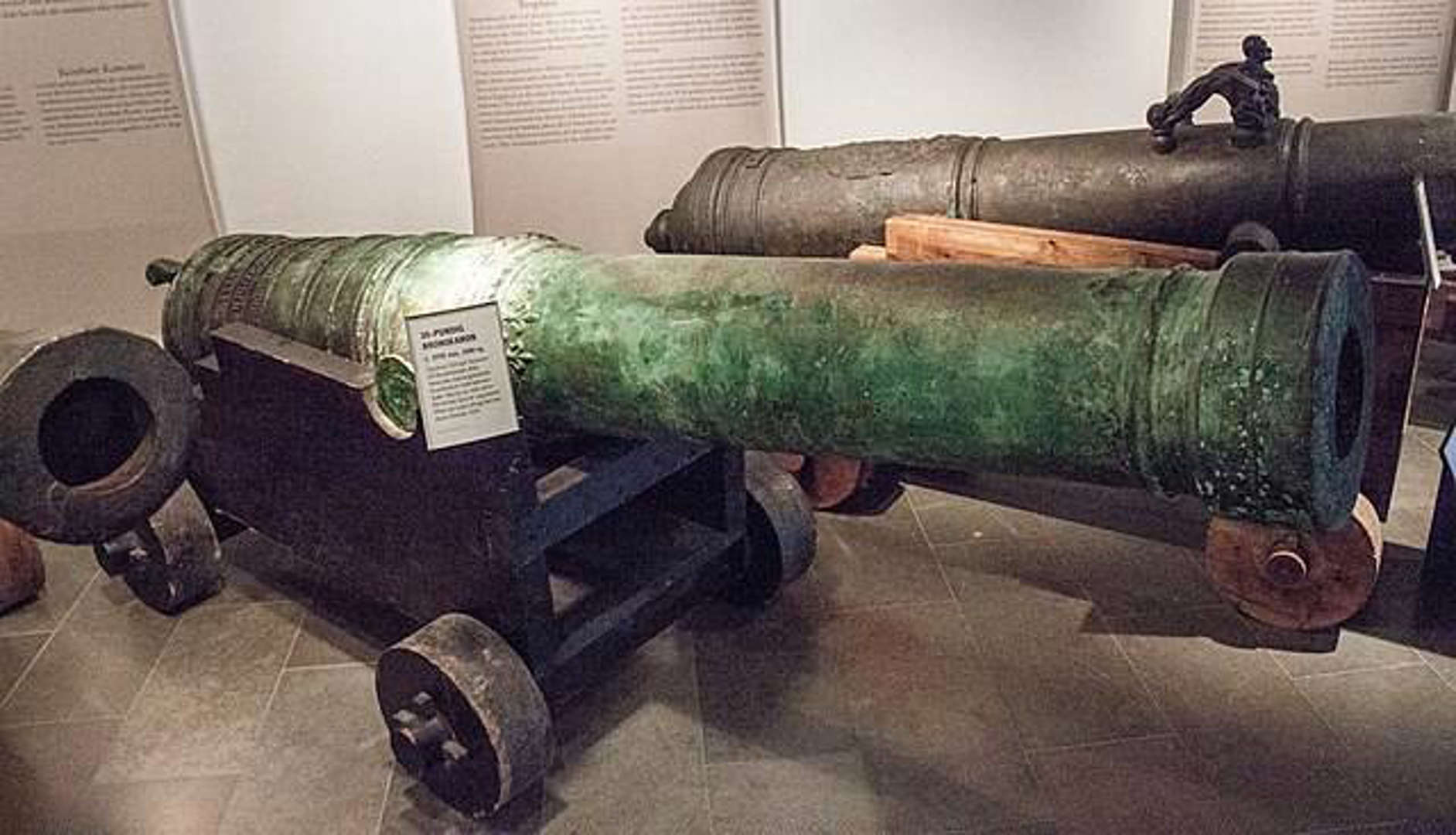
Source: Wikimedia Commons/Public Domain
Their discovery revealed the infamous Kronan–one of the 17th century’s most heavily armed ships. The divers also found Kronan outfitted with more than a hundred guns and three gun decks–the length of which stretched from the bow to its stern.
Cannons From All Over The World
When an expedition was initiated in 1981, the team decided to prioritize removing the cannons from the ship. Though there were no problems retrieving the guns from the deep waters, they had to ask the Swedish Coast Guard for help with the larger ammunition as they weighed more than four tons.
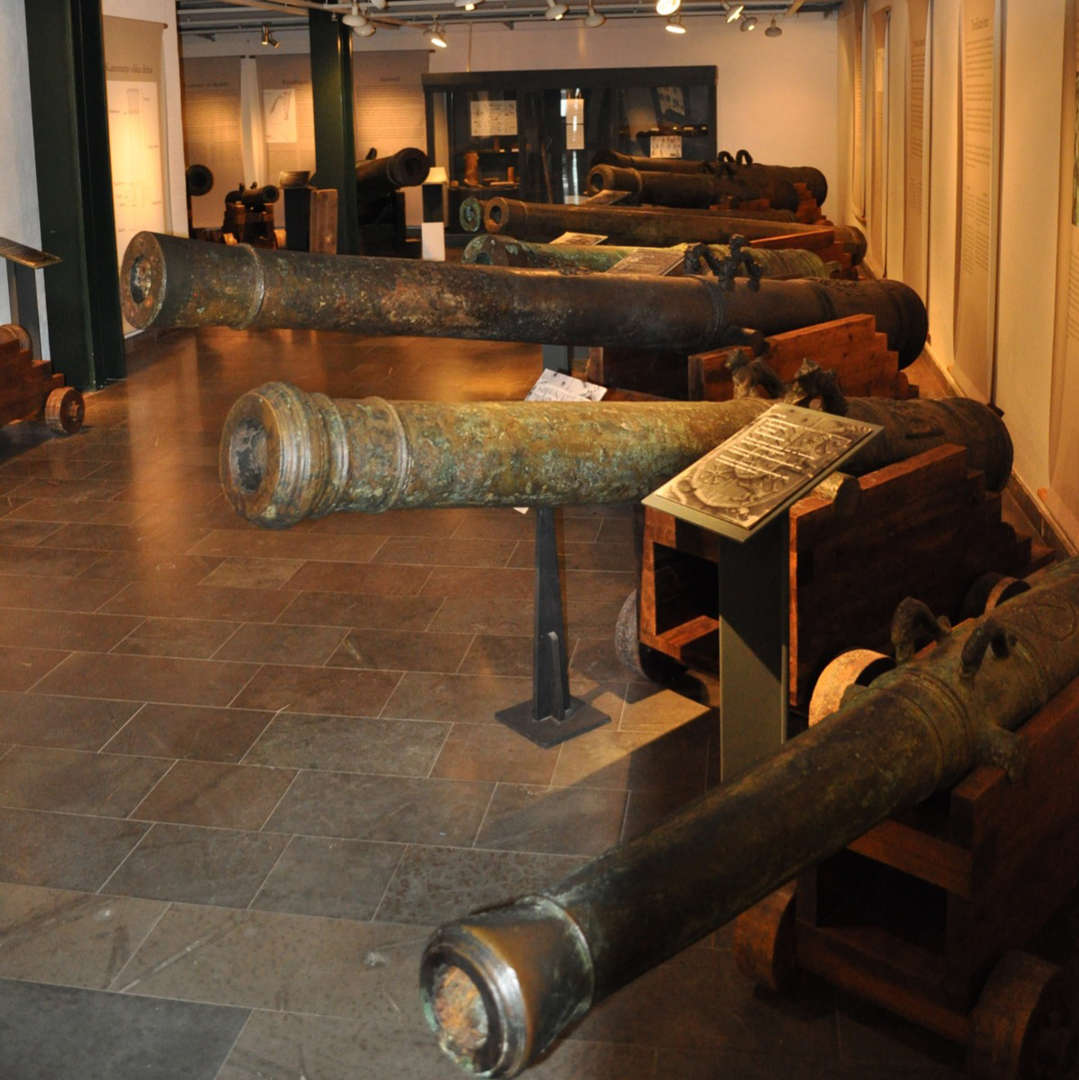
Source: Wikimedia Commons
The gun cannons they saw were of various sizes and shapes–trophies coming from the kingdoms of Denmark, Germany, Spain, and France. To date, a total of 30,000 artifacts have been salvaged from the sunken ship. These include everything from bronze cannons weighing four tons to tiny eggshell fragments.
Enlightened Excavation
Fortunately, the excavation was relatively easy, thanks to the sand surrounding the wreckage. Since the sand was infertile, it meant that there was sufficient light that reflected the sun from the water’s surface.
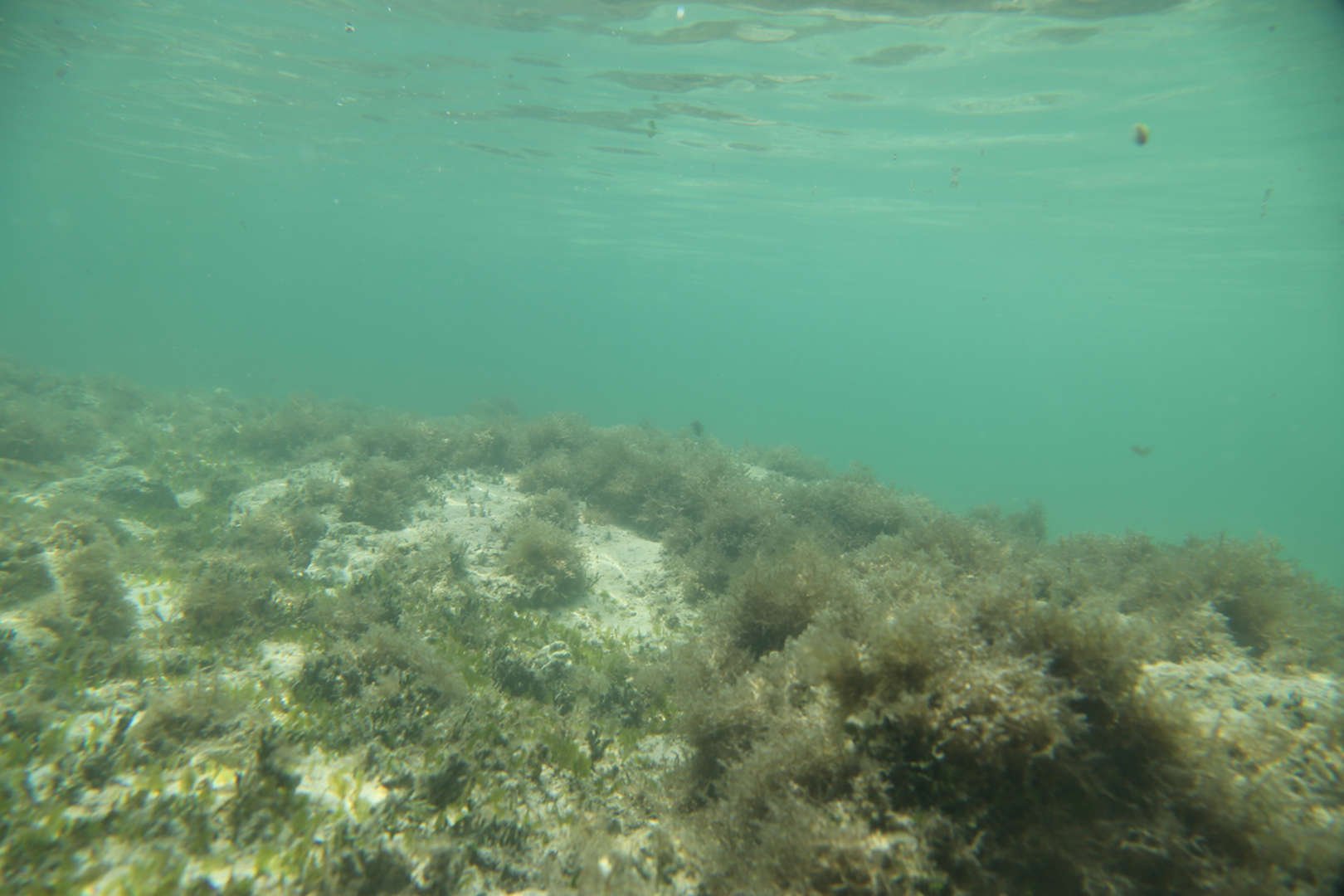
Source: VCG/VCG via Getty Images
The archeologists used the light to eventually discover 30,000 artifacts. However, it took the crew several years to uncover the entirety of the ship.
The Treasures Of Kronan
By 2019, most of Kronan had been explored and charted–85 percent of it, specifically. However, there are still critical aspects of the ship hidden in the seabed that can never be recovered.

Source: Wikimedia Commons
One of the surprising first finds was a small table cabinet containing navigational tools and instruments–likely belonging to a ship officer.
A Chest Full Of Silver Coins
The divers also discovered a war chest filled with tons of silver coins. During the 17th century, war chests were a necessity during sea travel as they carried the wages of the ship’s crew.
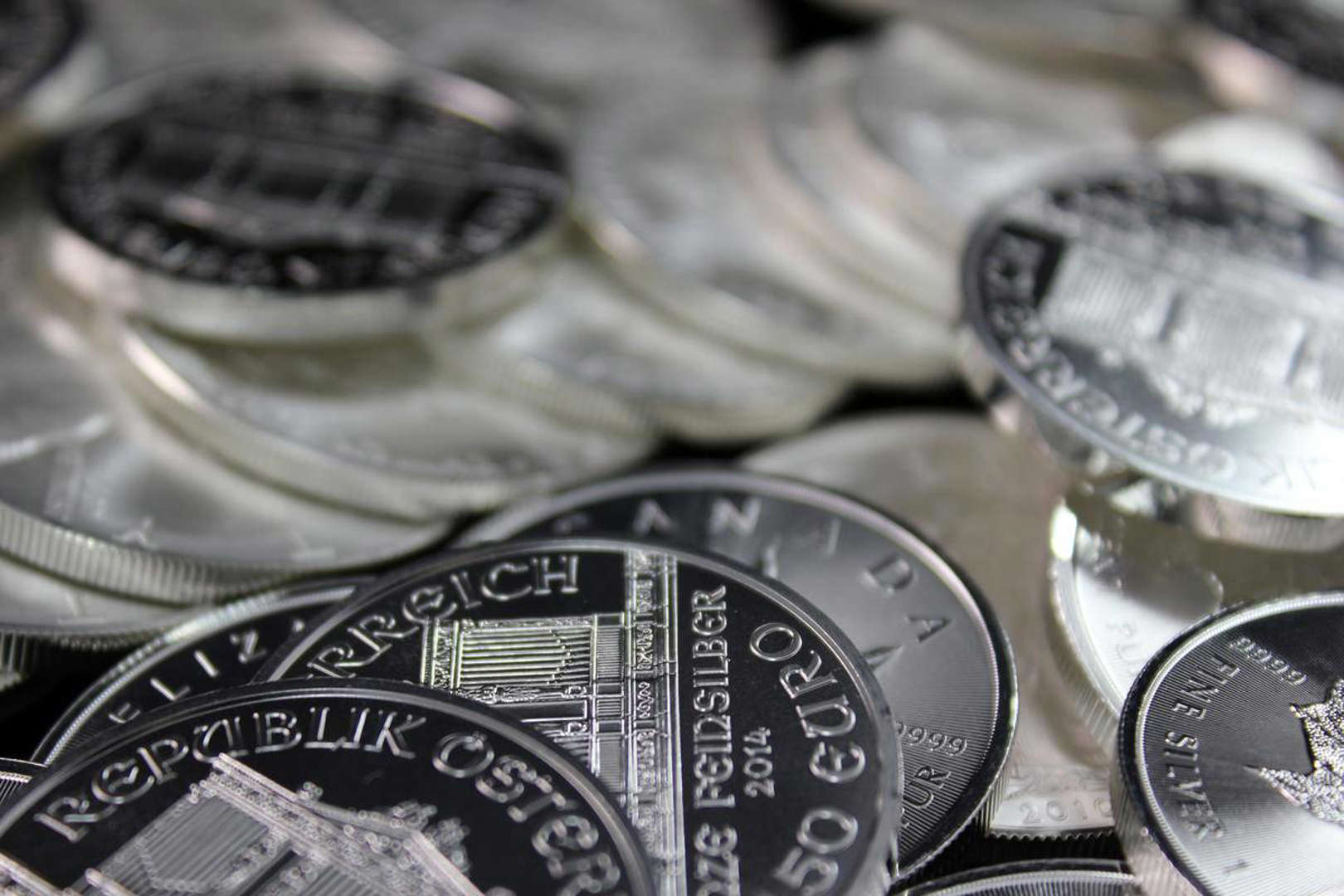
Source: Wikimedia Commons/Zlat'áky.cz @zlataky
Besides silver coins, archeologists uncovered a separate coin collection that led scholars to unique historical speculation.
Gold Coins From Different Parts Of The World
An incredible collection of more than 200 gold coins was discovered during a 1982 dive. Archeologists were surprised that the individual coins were from various parts of the globe, such as Cairo and Reval–the modern-day capital of Estonia.

Source: Wikimedia Commons/Zlat'áky.cz @zlataky
The coins were identified as ducats–the popular form of currency back in the Middle Ages. Ducats’ metallic content and purchasing power varied at the time of their use.
Musical Finds From The Deep
The divers were pleasantly surprised when they also uncovered musical instruments. Their discovery unearthed a viola da gamba, three violins, and a trumpet.
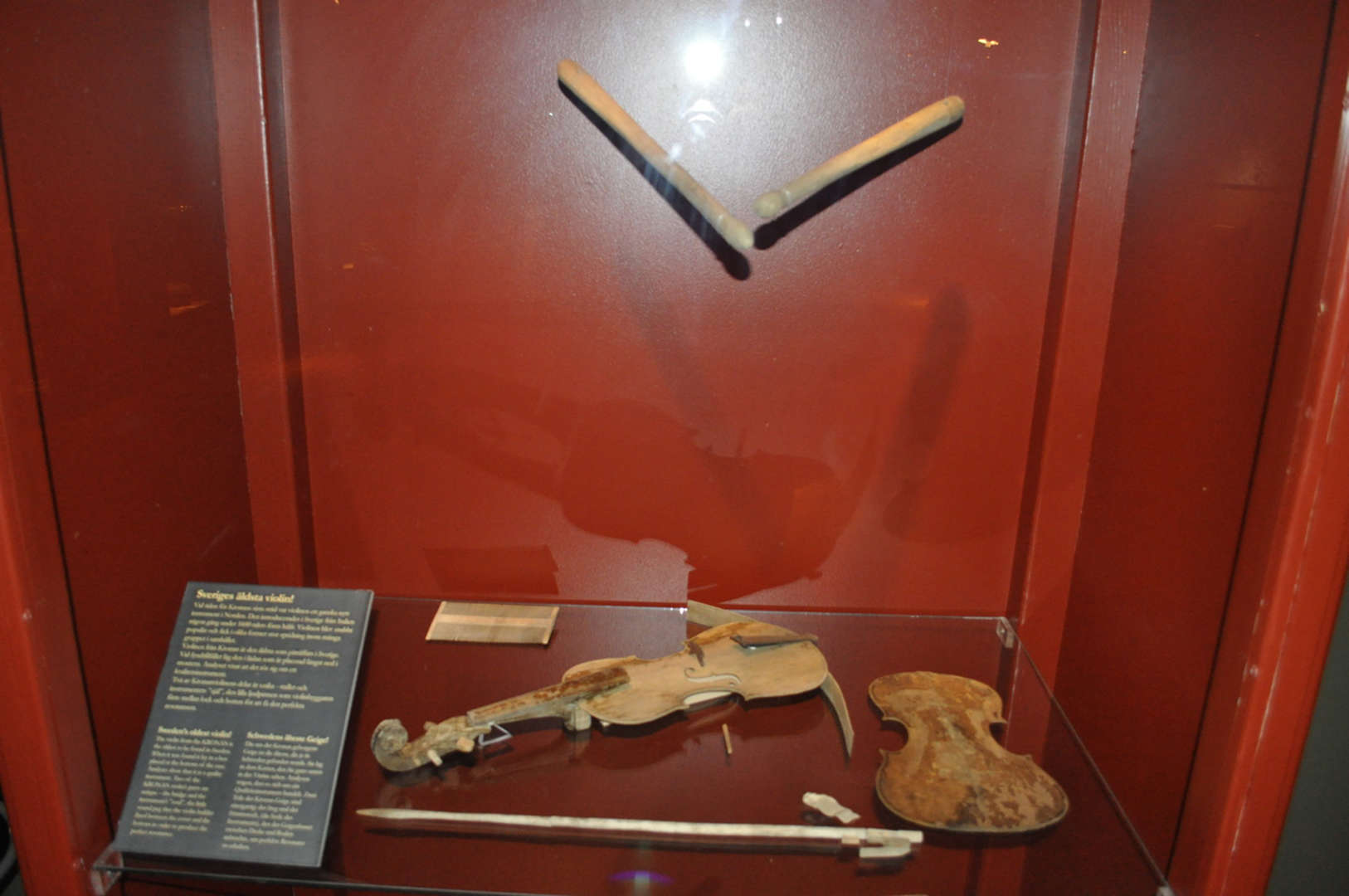
Source: Wikimedia Commons
The instruments likely belonged to one of the officers on the ship. Plus, a violin that was discovered turned out to be one of the oldest in the world.
Ancient Tobacco Leaves
The discovery of tobacco leaves also provided a glimpse of how life was during the 17th century. It’s highly likely the men on the Kronan smoked the leaves since they were found bundled in barrels.

Source: Creative Touch Imaging Ltd./NurPhoto via Getty Images
Back then, people utilized tobacco for the purposes of pleasure and medicine. It was believed that the bundles found on the ship were imported from North America.
Researchers Found Brain Tissue
Besides clothes and mundane items, the archeologists did not expect to discover any tangible evidence of the Kronan’s crew members.

Source: Wikimedia Commons
But in fact, two crew members’ remains, with their skulls’ brain tissue intact, were found. Although so many were lost, there were reportedly 40 men who luckily survived the shipwreck.
Centuries-Old Cheese On The Kronan
An unexpected, if not unbelievable, discovery was that of an odd-looking jar. It was eventually brought to the surface; however, upon reaching the surface, the pressure change caused its content to ooze from the lid. Lo and behold, scientists declared they had found 340-year-old cheese.
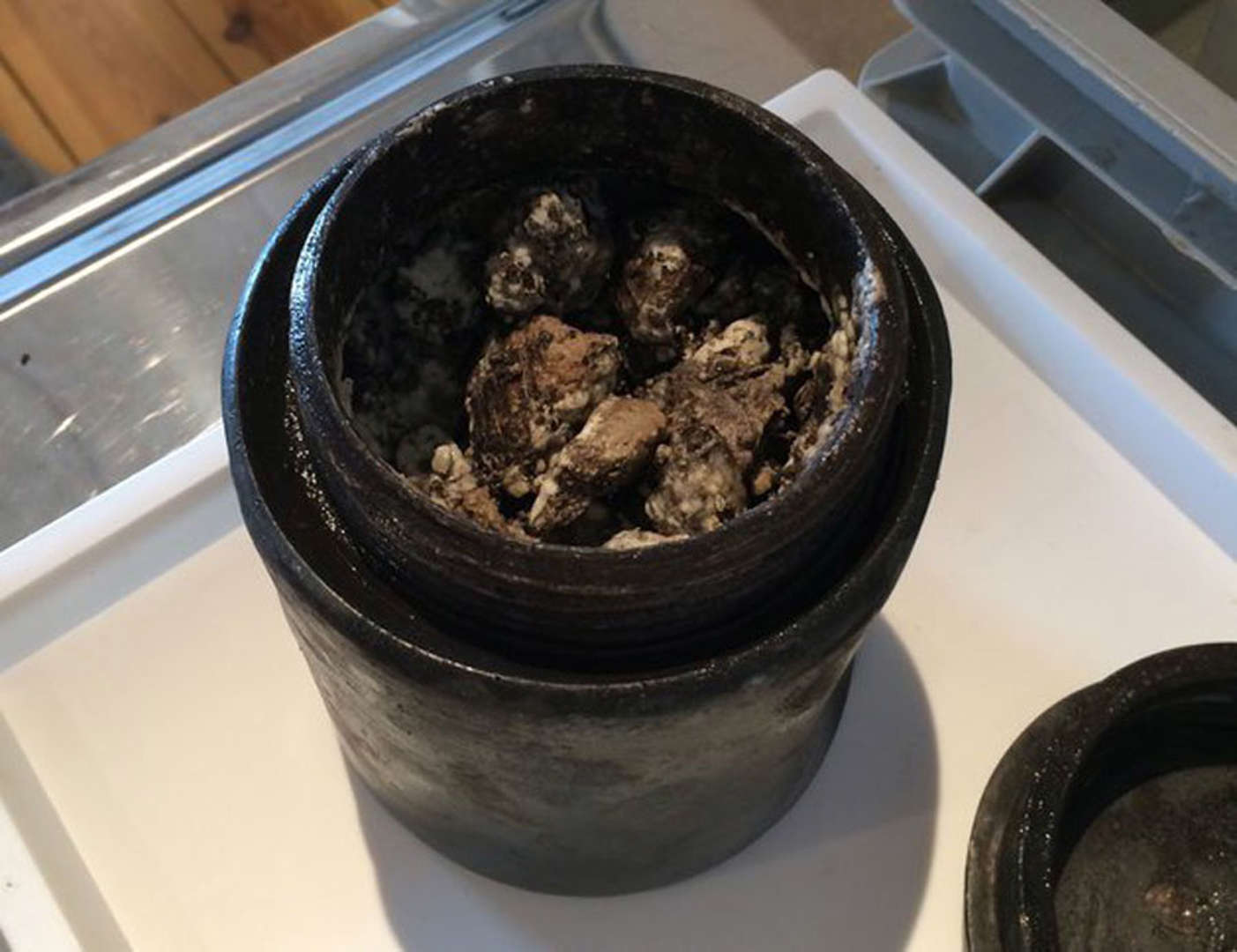
Source: @SarahWardAU/Twitter
According to archeologist Lars Einarsson, they initially theorized that the product was dairy.
Under-The-Sea Roquefort
The entire Kronan retrieval team could not believe what they saw. They also found it hard to believe that they were actually smelling a 300-year-old cheese that had been trapped beneath the ocean.

Source: DEA/G.CIGOLINI/De Agostini/Getty Images
According to Einarsson, the centuries-old cheese resembled a granular Roquefort cheese. Remarkably, the cheese was excellently preserved.
